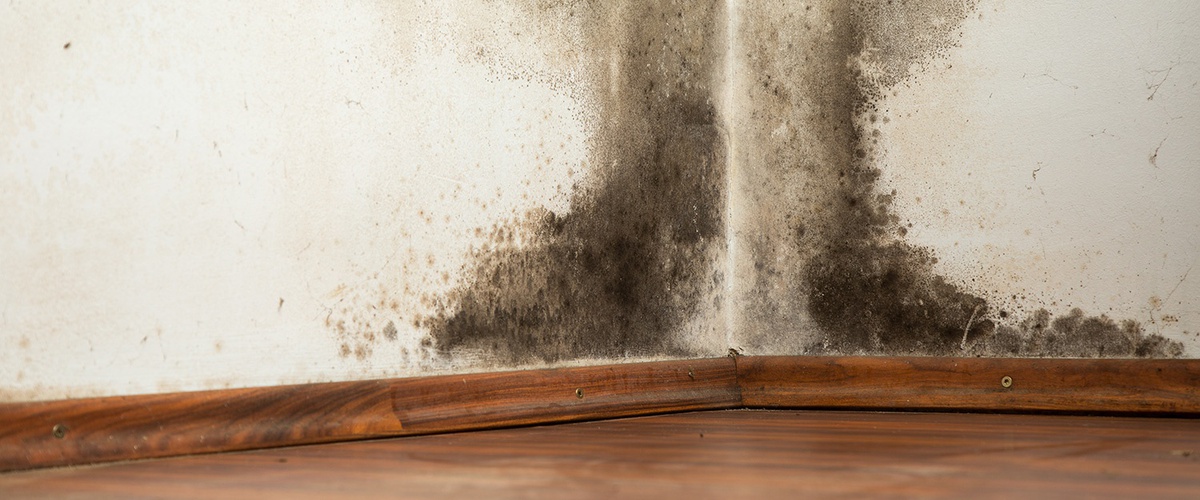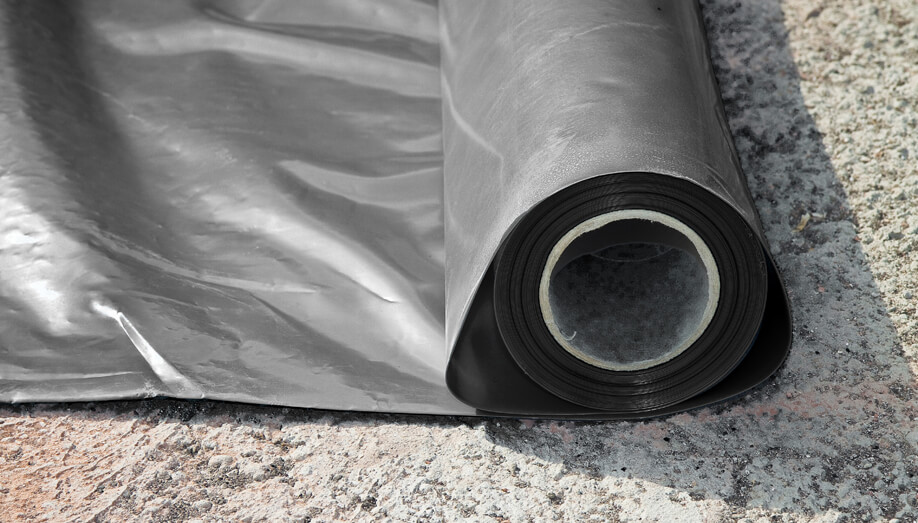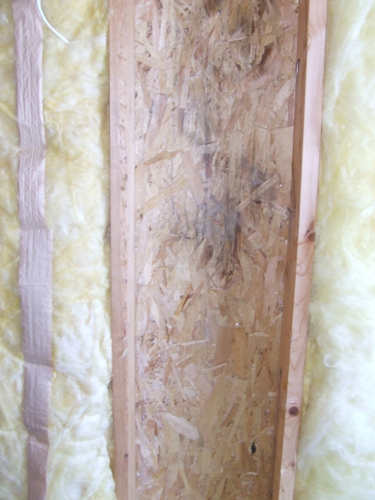Vapor Barrier Old Houses Without Romovel Siding

Vapor barriers are sheets of plastic or other material placed on one side of insulation sheets.
Vapor barrier old houses without romovel siding. Also vinyl siding can act like an exterior vapor barrier trapping moisture within the walls and abetting decay. Placing vinyl over the old wood siding can mask or even cause water damage. Attach 1 inch foam board insulation. After the insulation is in place you will want to add a vapor retarder sometimes called a vapor barrier if you need one.
But that s not usually necessary. We describe the requirements for house wrap or vapor or moisture barriers beneath vinyl siding and cite u s. In circumstances where conditions inside a home or office are much different than outdoor conditions water. Some debate still occurs over how necessary vapor barriers are but a consensus is growing closer.
In very cold weather vinyl cracks easily and its color will fade over time. This article includes photographs of leaks on and perhaps into a vinyl sided house wall. Vapor barriers sheets of plastic or kraft paper keep water vapor out of the wall cavity so the insulation stays dry. In any case the vapor barrier must point to the warm side.
Illustration by ian worpole. Start your siding project housewrap and your siding. Meanwhile air leakage through a 1 square inch hole in a sheet of drywall allows 30 quarts of water vapor to pass through the drywall under the same conditions. A third of a quart versus 30 quarts.
The permeance of unpainted drywall is very high generally between 20 and 90 so it s not a vapor retarder at all. Install siding over the insulation. Not every type of insulation needs a vapor barrier. One way to insulate walls of an old house is to focus on the home s exterior.
Not every wall does. Most authorities now agree that vapor barriers are important under certain conditions but not necessarily as a whole house solution for every home. Canadian codes sources. The page top photograph shows that a lot of water more than you might guess may be running over the surface of.
The headline of your question is insulating an old house with no vapor barrier perhaps the first thing you need to know is that the presence or absence of an interior vapor barrier is irrelevant. Apply a house wrap vapor barrier to exterior walls. Housewraps and vapor barriers are usually addressed in local building codes in fact many places require some kind of weather resistant barrier so a professional contractor can also make sure that your home is up to code. A vapor retarder is a material used to prevent water vapor from diffusing into the wall ceiling or floor during the cold winter.
But if it does the barrier should face inside in northern heating climates and outside in humid southern climates.














































